About this book
Translation Strategies for English Language Learners
Martha Catalina del ngel Castillo

T ecnolgico de Monterrey is proud to present its text eBook collection for the high school, graduate, and undergraduate programs. Each one of them integrates knowledge and skills that use different technologies to support the learning process.
The main objective of this publishing house is to spread the knowledge and didactic experience of the professors at the Tecnolgico de Monterrey through the innovative use of resources. In addition, it aims to contribute to the creation of a publishing model that integrates the multiple and creative possibilities that digital technologies offer in the format of an eBook. This is how Tecnolgico de Monterrey, through Editorial Digital, confirms its entrepreneurial vocation and its commitment to educational and technological innovation in order to benefit the students, both inside and outside the institution.
All rights reserved Instituto Tecnolgico y de Estudios Superiores de Monterrey, Mxico 2019.
About the author
Martha Catalina del ngel Castillo
Dr. Martha del ngel studied her BA in English-Spanish translation at the Universidad Autnoma de Nuevo Len. She obtained a Master's Degree in Education with an emphasis in English as a Second Language and later, a Doctorate in Educational Innovation with an Honorable Mention by the Tecnolgico de Monterrey.
After having obtained teaching experience in other institutions in Mexico and the United States, in 1994 she became an English teacher at Tecnolgico de Monterrey and a translator at the Knowledge Systems Center. Afterward, she taught Spanish as a foreign language in the Department of International Programs, where she also coordinated courses specifically designed for exchange students.
She has been a coordinator of the Advanced Writing subject in Spanish as a mother tongue and of the English Program in the Department of Modern Languages, without ever neglecting her passion for teaching. In the Education and Humanities programs, she focused her line of research towards foreign languages, advising theses of the Master's Degree in Education and the Doctorate in Educational Innovation at Tecnolgico de Monterrey, the same programs she herself previously studied.
Dr. Del ngel has published articles in her field, has represented Tecnolgico de Monterrey in both national and international congresses and has collaborated with universities in the United States, Europe and South America.
Chapter 1. Translate to strengthen your English Language Competency
W hen students start learning English they are forbidden to use their mother tongue because under the Communicative Language Teaching Approach, teachers argue that students avoid interference between languages and have more of a chance to become fluent and accurate in the language they are learning (Liao, 2006). However, as students continue developing their skills, they cannot avoid thinking about the equivalent structure of a certain sentence or expression in their native language. This means that in advanced levels, translation plays an important role for students, as they are finding new ways of expressing their ideas (Ross, 2000).
This translation process strengthens their foreign language competencies.
According to Daginiel (2012):
Translation integrated into the language learning practice along with generally used learning activities, such as reading, listening, writing and vocabulary development could be defined as a pedagogical tool, considering that their purpose is to teach a language.
Even though the jury is still out on whether or not translation should be used in language courses, English language teachers can use translation as a learning method to challenge advanced students to analyze both languages in order to increase their language competencies throughout this process.
 Did you know?
Did you know?
A professional translator can translate around 250 words within an hour. A translator working full time can translate around 520,000 words per year (AgatoTranslation, n.d.).
English is the most popular language on the web. Almost 52% of all content on the internet is produced in the English language (AgatoTranslation, n.d.).

1.1. Reinforce your Language Skills
W hen learning a language, students are constantly practicing the four basic skills: listening, speaking, reading and writing. Moreover, translation is sometimes referred to as the fifth language skill and the most important skill since it promotes communication and understanding (Ross, 2000).
Saricoban (2012) states that there are some techniques used to test learners in the four language skills. For example, to test reading skills, students are given sentences, paragraphs or texts in the foreign language and are asked to translate them into their mother tongue. Although techniques to test writing skills are similar, here, students are also given sentences, paragraphs and texts but in their native tongue, and are asked to translate them into the foreign language. Likewise, there are also some techniques used to test listening where students are given oral sentences in the foreign language and are asked to translate them into their native tongue. Even though techniques to test speaking skills are the same as the ones used to test listening skills, students here are instead given sentences in their native tongue and are asked to translate them into the foreign language.
 Challenge : Test your language skills
Challenge : Test your language skills
Instructions: Complete the following chart with your own translation.
Translation | Sentence | Your translation |
English to Spanish | Ovarian cancer is one of the most lethal types of cancer (Lieber, 2018). |
Spanish to English | El ingeniero Reynaldo Vela ha creado una cpsula que resguarda a las personas durante un sismo (Israde, 2018). |


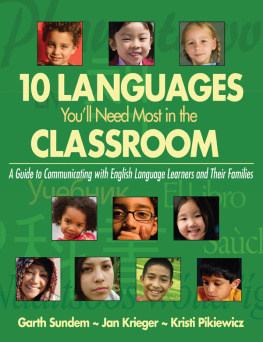

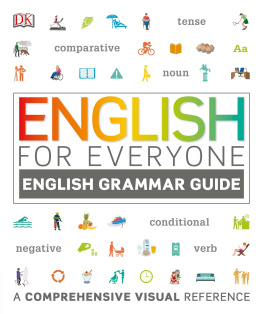
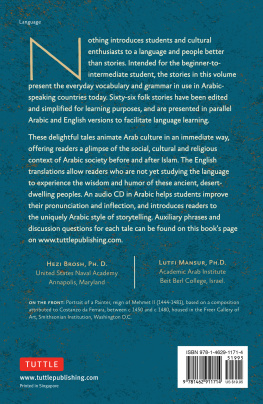
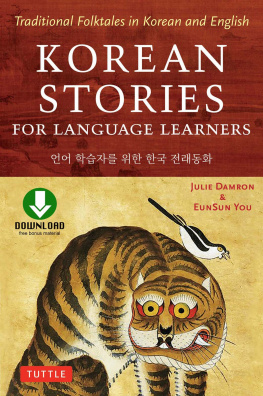
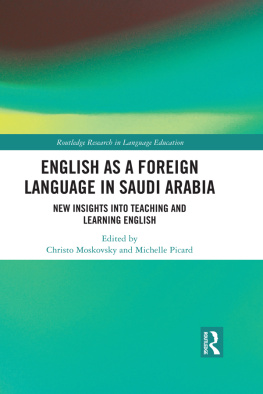


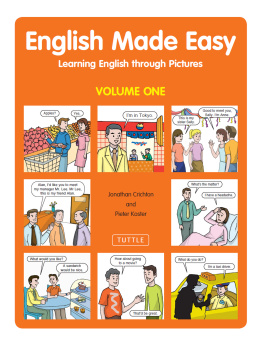
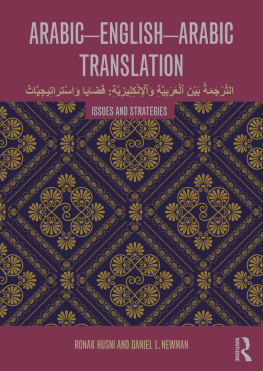








 Did you know?
Did you know?
 Challenge : Test your language skills
Challenge : Test your language skills